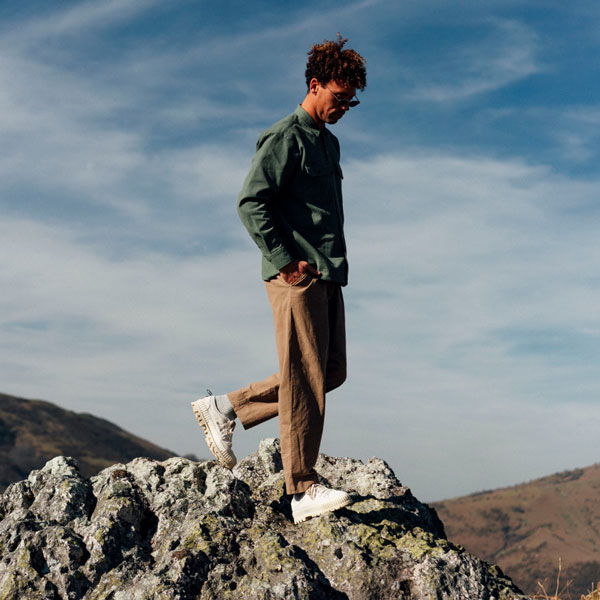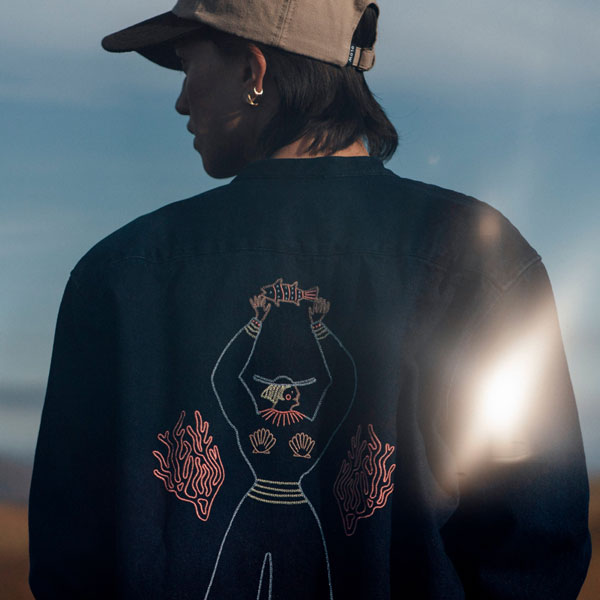¡Vamos a probar la montaña!
We touched down in Lima, South America, on the night of August 4th 2014, on the LA2597 flight from Havana. Straight away, we had to face the facts: the heat was well and truly behind us and altitude had joined us. By landing in Lima, we indeed made an upward leap of nearly 5,000 feet compared to Havana.
We didn’t linger in Lima and quickly headed off with friends towards the highly sought after Peruvian sites such as the dunes of Huacachina, the oh-so mythical Machu Picchu and the Lake Titicaca. Before we knew it, after three weeks spent walking around at 6,500 feet, we wound up in Bolivia and reached its capital: La Paz. La Paz is located in a basin, perched high up at nearly 12,000 feet. In order to go from one place to another there, you have to ceaselessly walk up and down the streets, which resemble the slopes of San Francisco.
There are many excursions available from La Paz, but the two most famous ones are going down “the world’s most dangerous road” on mountain bikes, and climbing Huayna Potosi, a few miles from La Paz, with a summit culminating at nearly 20,000 feet. Seeing as we were already at 12,000 feet, we thought we might as well climb a few 8,000 more.
The decision was barely made that we were already in a van with two Americans, three Australians, two French women, and one Swiss heading for the base camp, still nearly 15,000 feet high. We spent the first day of the expedition getting settled, finding our feet. Although we had already spent a few weeks at more than 8,500 feet, we could feel the affects of altitude: conversations were sparse at dinner, and the headaches and stomach pains weren’t far off. My night was very short: I was awoken very early by a raging headache, altitude being its sole explanation. We didn’t hang around after breakfast: we had to reach the high camp at 16,800 feet. The day was meant to be an easy one, with only a slight vertical drop, but still easy to climb. Well it could have been, save for the snow falling since we left our base camp. As we looked up, the whole team eventually realised that the cloud above us wasn’t ready to leave us anytime soon. And it stayed with us until the high camp.
We arrived early at the high camp, but didn’t have any time to waste: we were due to leave at 12:30 am for the summit, so had to have dinner at 5 pm and be in bed by 6:30 pm. I don’t know if you’ve ever had to go to sleep at 6:30 pm, but nodding off is far from easy, all the more since we could reach out and touch the excitement at the thought of the climb.
12 am: the alarm clock rings.
We were short of breath and the headaches had subsided slightly, but we immediately jumped out of our sleeping bag safe havens. The mountain guides were already on the alert. The equation was a simple one: it had been snowing for most of the night and the climb wasn’t going to be an easy task – the meteorological conditions were extremely rare. One of the guides then uttered words that would forever be etched in our minds: “Vamos a probar la Montana!” (Literally “We will try the mountain!”).
Needless to say, the mountain was ready and waiting for us, but armed with our headlamps, step by step, we made our way towards the top. Our breaks, during which we tried to hydrate and feed ourselves as much as we could, despite the stomach and headaches that overcame us, were lifesaving. Gradually, the night gave way to day, and we realised we were surrounded by mountains, until then masked by the obscurity. As the Huayna Potosi culminates at 19,700 feet, all the other mountains seem so much smaller. The vision was worthy of National Geographic’s most beautiful expeditions, and motivated us to reach the summit, after a 7-hour ascent.





